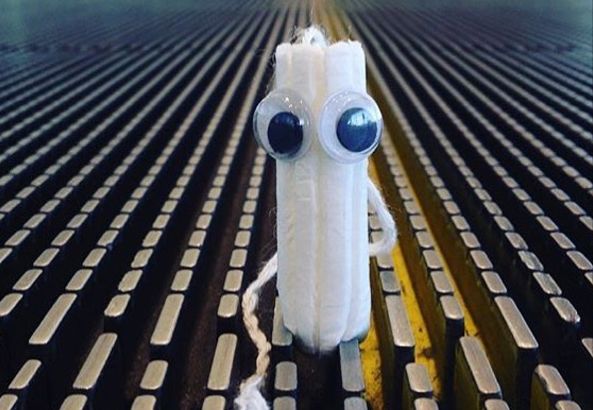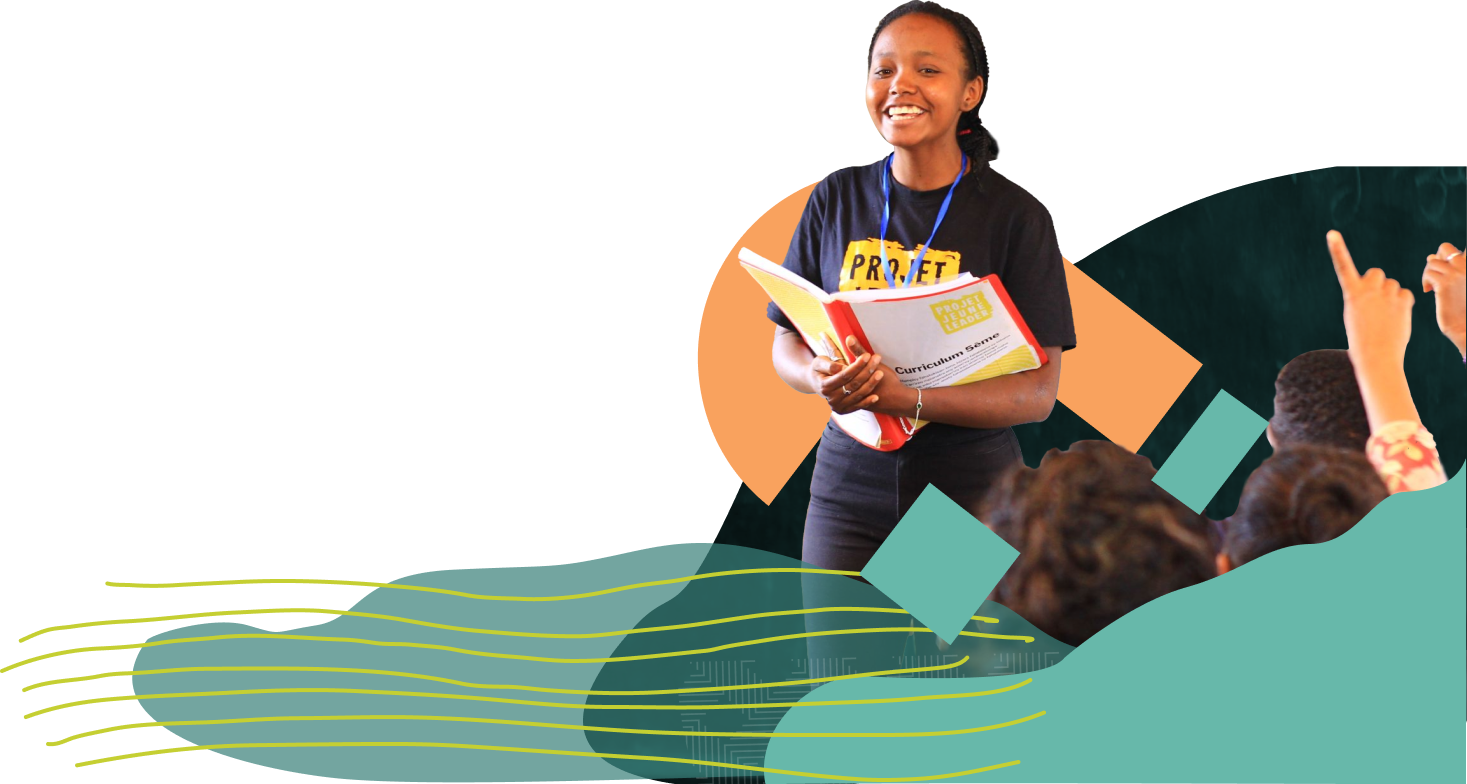Innovative Menstruation Communications: From Flying Tampons to “Period Pants”

Over the past few years, an array of activists and organizations have been rethinking how we communicate about periods. The result is a myriad of new platforms, mediums, and methods — from advocacy that inspires policy change, to inventive smartphone technology for collecting and sharing information, to a quirky children’s book that envisions the humble tampon as a cartoon hero.
By presenting essential information in various ways, these groups are reframing the topic of menstruation as a straightforward fact of life, rather than as something shameful or hidden. By recasting periods as more of a topic for common conversation, these efforts are making critical information, and even supplies, more easily accessible. And that empowers girls and women everywhere.
Policy Changes That Free the Tampon
An advocate and speaker for free period products, Nancy Kramer created the Free the Tampon Foundation in 2013 to create open discussion about improving access to period supplies. The organization works with business owners and policy makers to assure that period products are available in every public and institutional bathroom in the country.
Thanks in part to the persistence of organizations like Free the Tampon, New York passed legislation in 2016 to ensure that menstrual products are accessible in public schools, shelters, and correctional facilities. What started as a small conversation expanded into a movement that has inspired policy changes in multiple states. Connecticut and Illinois followed in New York’s footsteps and passed similar policies in 2016, as did Florida in 2017. And since 2016, 24 additional states have introduced legislation to remove sales taxes from menstrual products.
Erasing Stigma With a Coloring Book
“Meet Toni the Tampon”
“Meet Toni the Tampon”
When artist Cass Clemmer anthropomorphized the tampon, she wasn’t trying to be funny, she was trying to make a point: talking about periods doesn’t need to be wrought with stigma and taboo.
Toni the Tampon began as an Instagram account starring a real-life tampon with glued-on googly eyes. The character soon evolved into the hero of “The Adventures of Toni the Tampon,” a coloring book that featured Toni and friends Patrice the Pad, Marina the Menstrual Cup, and Sebastian the Sponge embarking on a number of adventures, from exploring the wild west to outer space exploration (you read that right: tampons in space).
Clemmer believes that being able to talk openly about periods can help protect girls during a vulnerable, scary time in their lives.
“Toni the Tampon coloring book”
With the goal of “ shifting the conversation around menstruation and making that time of the month maybe just a little more bearable,” Clemmer’s book is a colorful and accessible way to teach young girls, women, and others about their periods.
“As a kid, I wish that I had been given the opportunity to learn about my body and my health in a way that was engaging and fun instead of the dry, black and white brochures I was given at the start of my first cycle,” Clemmer told Bustle last year . “If we want to expand sexual and reproductive health education to kids, we need to think about how to do it in a way that will engage them and empower them to seek out knowledge in their own ways.”
A Petition to Make Period Talk Easier
In 2016, an estimated 2.3 trillion mobile messages were sent incorporating emojis. And according to Smithsonian Magazine , more than 50% of young women 18 to 34 years old said in a survey that a period emoji would make it easier to talk about their periods. Despite the widespread popularity of emojis among young women (of the 92% of online consumers who frequently use emojis , 78% are female), no tiny symbol existed to signal menstruation.
A branch of one of the world’s largest children’s charities, Plan International UK aims to change this. The organization petitioned the Unicode Consortium, a nonprofit corporation “dedicated to developing, maintaining, and promoting software internalization standards and data” (i.e., the defacto emoji governing body) to create a symbol for menstruation. Unicode tends to make its approvals based on popularity, relevance, and timelessness.
“This period pants emoji could be coming to a phone near you.”
Perhaps few things are as timeless (or relevant to at least half of the population) as menstruation. In creating its petition, Plan International UK wanted to make it easier for girls to type about their periods — so they become more likely to actually talk about them.
Coinciding with this year’s Menstrual Hygiene Day (May 28th), Plan International UK held a campaign to vote for one of five different period emojis, which included smiling stylized blood droplets, a pad, an anatomically correct uterus, and a pair of underwear bearing a stylized blood droplet. The winner? “ Period pants ,” with more than 18,700 votes. Now that Plan International UK has chosen a winner, the organization is facing the next step of creating the proposal for Unicode to add the pants emoji to keyboards around the globe.
“When things are out in the open, the chance for there being taboos and stigmas kind of starts to dissipate,” says Meg Cangany, Plan International’s media and public engagement officer. Through the period emoji campaign, “we hope to bring menstruation out into the public eye in a tech-friendly way that will reduce, hopefully, the global stigma around it.”
Even before the Period Pants can become an official emoji, the initiative already has people talking — from Glamour , not to mention the nearly 56,000 people who voted for making the conversation more relevant to the digital, emojified generations.
Though their tactics are all vastly different, each of these innovations, and the innovators behind them, helps lift the veil of secrecy and shame, reaching women at different levels, in different countries, in different ways. Having a greater amount of better information can help girls and women stay safe and empowered to build a better future.

